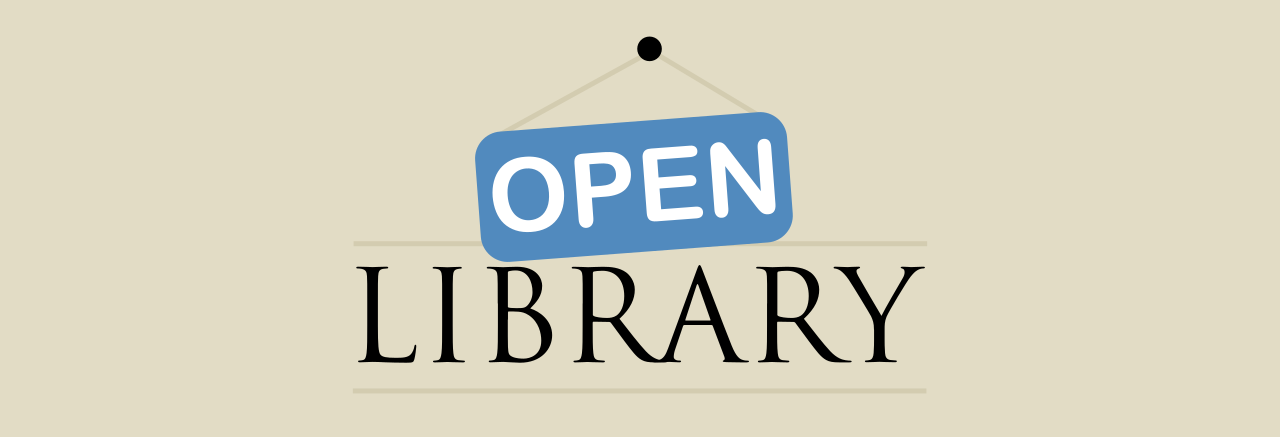
As part of an open-source project, the Open Library blog has a growing number of contributors: from librarians and developers to designers, researchers, and book lovers. Each contributor writes from their perspective, sharing contributions they’re making to the Open Library catalog. As such, the Open Library blog has a versatile tagging system to help patrons navigate such a diverse and wide range of content.
In this blog post, you’ll learn how to use Open Library’s tagging system to get the most out of your catalog experience. And, you’ll walk away with a shortlist of popular tags that have been created with you in mind.
What exactly is a tag?
In short, a tag is a label that makes it easier to identify something. For example, you might find a price tag on a pair shoes in a clothing shop. That tag can help shoppers quickly identify the price and size of shoes, as well as where those shoes are kept in the store warehouse. In the case of the Open Library blog, tags are attached to different blog posts to help readers locate relevant topics and information to enhance their catalog browsing experiences.
Becoming familiarized with Open Library’s blog tags can be very helpful to book readers for several reasons. Mainly, Open Library has a large catalog of books which means new catalog features and updates are regularly released to help patrons explore books a lot easier. Thus, patrons can utilize features and updates that cater to their unique reading and book browsing experiences. It’s like having a personal treasure chest of features and updates with your name on them. But how do you find features with your name on it that have been released a few days ago or a few years ago?
That’s an important question because each feature behind Open Library’s catalog has been developed with you, the reader in mind. Now let’s look at an example of how Open Library’s tags can help you find buried treasure.
Here’s an example of how one Open Library’s tag can enhance your catalog browsing experiences
There are numerous tags and categories across the Open Library blog. However, as mentioned, at the end of this blog post, you’ll find a shortlist of commonly used tags across this blog. One useful tag you’ll come across is the “features” tag. Here’s a brief explanation of how to utilize Open Library’s “features” tag. What you can do with the “features” tag can be applied to each tag across the Open Library blog.
The “features” tag is where you’ll find a grouping of blog posts that explain how various parts of the Open Library catalog function. For example, one feature you might want to learn about is Open Library’s Reading Log. If so, the blog post, “A Holiday Gift from Open Library: Introducing the Reading Log” explains how readers can get the most out of the Reading Log feature.
By clicking the “features” tag URL, you can explore many of Open Library features at your own pace. This puts you in the driver’s seat when it comes to choosing features that best suit your style of reading, browsing, and accessibility.
It’s important to note that some features across the Open Library catalog may be more relevant to your reading experiences than other features. A reader who wants to share their opinion about books on Anime and Moon Energy may want to learn about Open Library’s “Star Rating” feature. On the other hand, school teachers who want to promote classroom connectedness and sharing may want to read the blog post “Share What You’re Reading.”
Here are a few tags made with Open Library book readers in mind
For future reference, each tag that’s listed below has a unique URL. This is what the “features” tag URL looks like: https://blog.openlibrary.org/tag/open-library-features
If you want to keep up with posts or topics for a specific tag, you can easily save any of these tag URLs to your bookmarks or pass them along to someone in your network.
1. Accessibility: You can learn how Open Library is making its catalog and community more accessible for all of us
2. Library: You can read interesting trends and changes happening at Open Library and other libraries around the world
3. Books: You can discover what Open Library blog contributors are reading or suggest
4. Community: You read about events and community news happening across Open Library
5. Features: You can explore different parts of Open Library that make reading fun
6. Programs: You can read about the involvement and experiences of Open Library contributors at programs such as Google Source of Code.
7. APIs: You can follow what’s happening with Open Library and its APIs (application programming interface)
Currently, these tags are being updated and added to. And this shortlist of tags doesn’t account for all tags across the Open Library blog. As you’re reading through blog posts, you may come across other tags. If so, feel free to explore those or create a more personal list of tags.
Lastly, Open Library contributors are writing more content about new and exciting features and updates happening at Open Library. The goal is to build out the Open Library tagging system into sub-tag categories. Not only will sub-tags point readers to the right information, sub-tags will introduce readers to newer and more intelligent ways to explore blog content. So feel free to check back here periodically to see if new tags have been added or updated.
In the meantime, what tags are you most interested in following? Please share your comments below!


Pingback: News Roundup (June 29, 2021) | LJ infoDOCKET